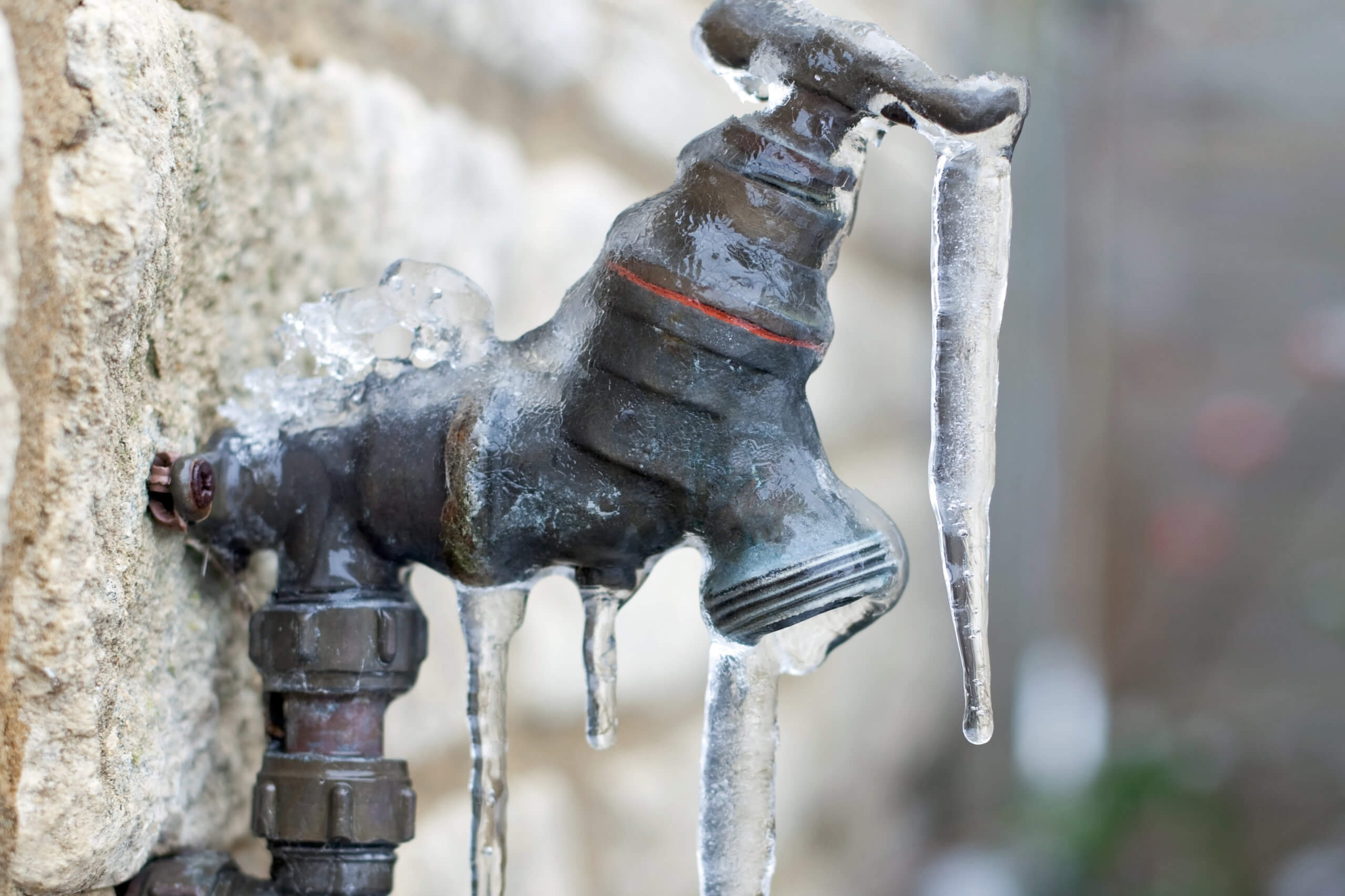In this article down the page you can discover a good deal of dependable tips on the subject of 6 Ways to Prevent Frozen Pipes.

Winter can ruin your pipes, particularly by freezing pipelines. Right here's exactly how to stop it from occurring and what to do if it does.
Intro
As temperatures decrease, the threat of frozen pipes boosts, possibly leading to pricey repair work and water damages. Recognizing exactly how to avoid frozen pipes is vital for home owners in chilly climates.
Comprehending Frozen Pipes
What creates pipes to ice up?
Pipelines freeze when subjected to temperatures below 32 ° F (0 ° C) for expanded periods. As water inside the pipelines ices up, it expands, putting pressure on the pipe wall surfaces and possibly causing them to rupture.
Threats and problems
Icy pipelines can result in water disruptions, residential property damages, and costly repairs. Burst pipelines can flood homes and create extensive structural damages.
Signs of Frozen Water Lines
Recognizing frozen pipelines early can avoid them from breaking.
How to determine icy pipelines
Seek lowered water flow from taps, unusual odors or noises from pipes, and visible frost on exposed pipes.
Avoidance Tips
Shielding susceptible pipelines
Wrap pipelines in insulation sleeves or use warmth tape to safeguard them from freezing temperature levels. Concentrate on pipes in unheated or outside locations of the home.
Home heating techniques
Keep indoor rooms effectively warmed, specifically areas with plumbing. Open up cupboard doors to enable cozy air to circulate around pipes under sinks.
Protecting Outdoor Plumbing
Garden pipes and outside faucets
Detach and drain garden hoses prior to winter. Install frost-proof spigots or cover outside taps with insulated caps.
What to Do If Your Pipelines Freeze
Immediate activities to take
If you suspect icy pipelines, keep taps open up to relieve stress as the ice melts. Utilize a hairdryer or towels soaked in warm water to thaw pipelines slowly.
Long-Term Solutions
Architectural changes
Think about rerouting pipelines far from exterior walls or unheated locations. Include extra insulation to attic rooms, cellars, and crawl spaces.
Upgrading insulation
Buy top quality insulation for pipelines, attic rooms, and walls. Correct insulation assists keep consistent temperature levels and decreases the threat of frozen pipes.
Verdict
Preventing icy pipelines calls for proactive measures and fast responses. By understanding the reasons, indicators, and safety nets, house owners can secure their plumbing during winter.
5 Ways to Prevent Frozen Pipes
Drain Outdoor Faucets and Disconnect Hoses
First, close the shut-off valve that controls the flow of water in the pipe to your outdoor faucet. Then, head outside to disconnect and drain your hose and open the outdoor faucet to allow the water to completely drain out of the line. Turn off the faucet when done. Finally, head back to the shut-off valve and drain the remaining water inside the pipe into a bucket or container. Additionally, if you have a home irrigation system, you should consider hiring an expert to clear the system of water each year.
Insulate Pipes
One of the best and most cost-effective methods for preventing frozen water pipes is to wrap your pipes with insulation. This is especially important for areas in your home that aren’t exposed to heat, such as an attic. We suggest using foam sleeves, which can typically be found at your local hardware store.
Keep Heat Running at 65
Your pipes are located inside your walls, and the temperature there is much colder than the rest of the house. To prevent your pipes from freezing, The Insurance Information Institute suggests that you keep your home heated to at least 65 degrees, even when traveling. You may want to invest in smart devices that can keep an eye on the temperature in your home while you’re away.
Leave Water Dripping
Moving water — even a small trickle — can prevent ice from forming inside your pipes. When freezing temps are imminent, start a drip of water from all faucets that serve exposed pipes. Leaving a few faucets running will also help relieve pressure inside the pipes and help prevent a rupture if the water inside freezes.
Open Cupboard Doors
Warm your kitchen and bathroom pipes by opening cupboards and vanities. You should also leave your interior doors ajar to help warm air circulate evenly throughout your home.

We were guided to that write-up on Preventing and dealing with frozen pipes through an associate on another blog. Are you aware of someone else who is looking into Winter Plumbing Precautions: Preventing Frozen Pipes? Do not hesitate to share it. Many thanks for being here. Return soon.
Request A Quote